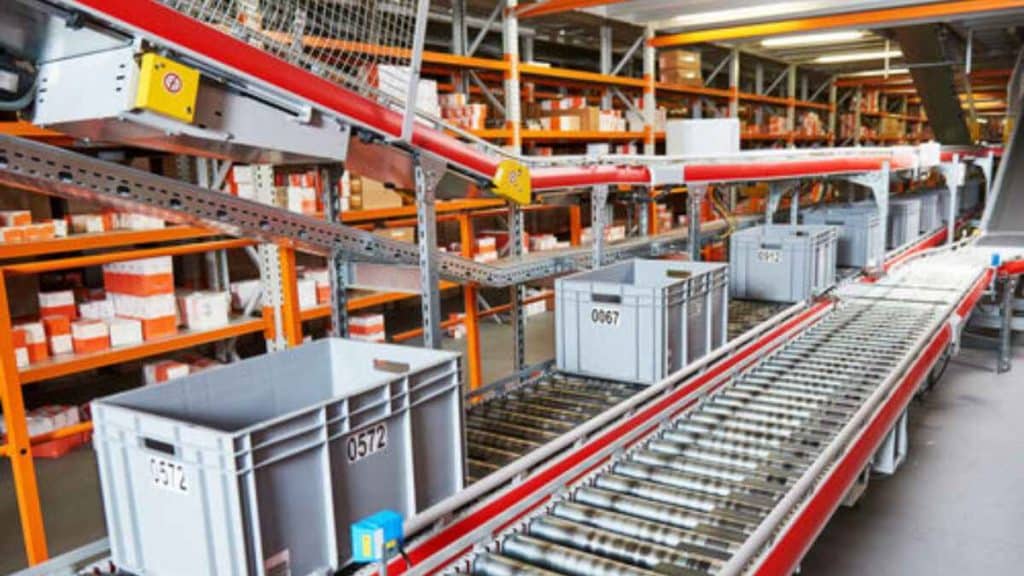How do automatic material distribution systems work? What benefits could they bring to your business?
Are today available distribution systems, equipped with dosing valves and dedicated coupling stations, which can be operated not only manually; the installation of automated dosing systems allows for safer, faster, and more convenient processes.
Let’s see how an automated dosing system works and why it can be an advantageous choice.
The automated material conveying benefits
For automated feeding, it is always advisable to install a dedicated two-component material dosing valve, in addition to the dosing unit.
Dosing valves have separate inputs, for each virgin and/or regenerated material, and an output for the material loader.
The automated feeding process allows for a significant saving of time and money, as well as avoiding waste of material and energy.
Here’s why..
How is an automated dosing valve made?
Depending on the design, dosing valves can be operated by pneumatic flaps or pistons, which alternately open or close the material inputs.
Depending on the frequency with which the inputs are switched, the material loader is filled in layers that only mix when the material flows out of the material loader.
The proportion of regenerated material or virgin material and the number of batches per transport cycle can be constantly monitored and set accordingly, thus avoiding unnecessary waste or calculation errors.
But let’s think bigger…
A centralized conveying system for multiple processing machines: the coupling station.
Setting up a centralized feeding system, for multiple processing machines that use different materials, is indeed a much more complex task.
Whether opting for a manual or automatic material distribution system, it is always advisable to consider purchasing a manually operated coupling station or a fully automated material distribution system.
However, the most economical option may turn out to be the least effective!
For flexible material supply, the MANUAL coupling station is obviously the least expensive, but also the least safe and profitable.
The installation is relatively simple in this case: fixed material supply lines are connected, usually from the bottom, to junctions on a coupling table.
Flexible material supply lines, on the other hand, hang from above and are attached to the other end of the pipes that lead the material to its destination.
In the free end, there is a junction to be connected with the counterpart in the coupling station.
In this manual version, the junctions are not coded, which means that the path to the destination is not monitored.
The coupling of flexible pipes, with the material supply line, is carried out manually, by the operating personnel, with the consequent higher risk of error due to mixed material supply lines, incorrect fixation or delay in fixing.
That risk can be eliminated by choosing a 100% monitored AUTOMATIC coupling station.
In this case, the controls check beforehand whether the transport line to the machine is connected correctly to the supply line, and only then allow the transport process.
Another advantage is flexibility: if necessary, it is indeed possible to combine multiple coupling stations.
The slightly higher price of an automated coupling station is therefore a more than justified long-term investment, in terms of productivity and revenue.
As every respectable entrepreneur should know, investments in quality and technology always pay off!
To learn more about material feeding and dosing, click here.
